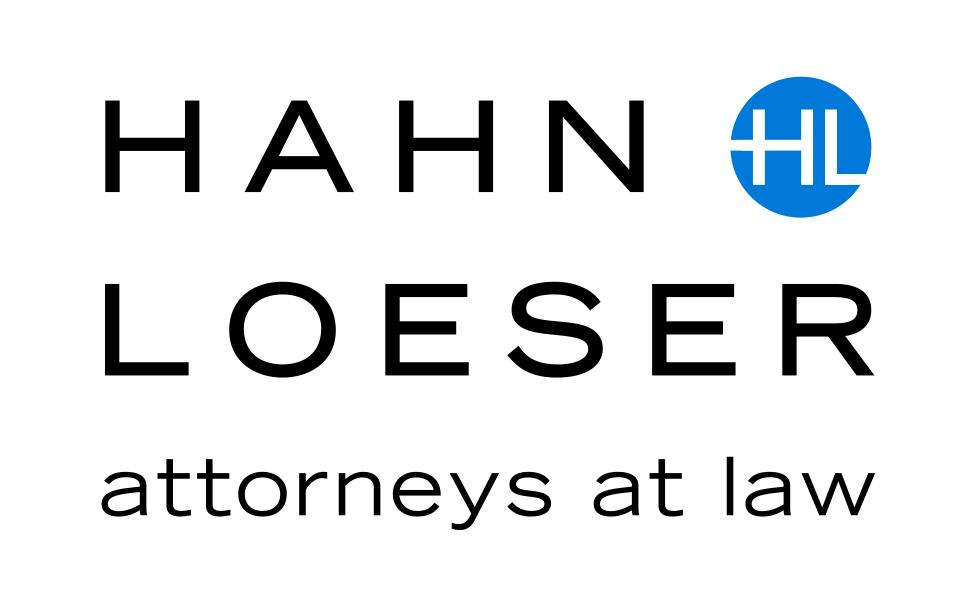On Labor Day, Governor Kathy Hochul signed into law an amendment to New York Labor Law that holds prime and general construction contractors jointly and severally liable for unpaid wages, benefits, and wage supplements owed by a subcontractor at any tier to the subcontractor’s employees. In addition to liability for unpaid wages, benefits and wage supplements, the upstream contractor may be liable for liquidated damages (100% of the unpaid wages or treble damages for a willful violation), attorneys’ fees, interest, and penalties for statutory claims. In other words, if a lower tier fails to pay an employee, the general contractor is liable to pay the unpaid employee along with liquidated damages – if the general contractor already paid its direct lower tier that means the general contractor will have paid three times for that employee’s work. This risk requires a general contractor to confirm all project employees are being paid.
The new law, which takes effect January 4, 2022, applies to construction contracts created, renewed, modified, or amended on or after that date, and is consistent with the strict liability for upstream contractors that already exists under the Davis Bacon Act and public works state law (including New York public works law).
The limitation period for the strict liability claims against the prime or general contractor is three years, compared to the six-year limitation period for general wage claims against the subcontractor-employer. The law prohibits employees and subcontractors from waiving prime or general contractor liability, with one exception; prime or general contractor liability may be waived through a collective bargaining agreement with the worker’s representative.
How to Reduce Exposure to Liability
Prime and general contractors doing business in New York should consider confirming that their subcontracts contain a robust indemnification and duty to defend clause and allow for withholding payment of subcontractor invoices when payroll records are not timely provided. The subcontract should specifically require that the subcontractor provide: (1) certified payroll records; (2) the names of all workers on a given project; (3) the names and contact information for each lower tier subcontractor, if applicable; (4) the anticipated contract start date; (5) the scheduled duration of work; (6) the right for the general contractor to audit and contact lower tier employees to confirm receipt of payments, and (7) local unions for which the subcontractor is a signatory contractor, if applicable. Prime and general contractors should consider planning to audit subcontractors’ wage practices regularly, as well as visit the jobsite to look for evidence of wage practices, such as off-the-clock or off-the-book work, that are not apparent in written records. Since even the most robust audit and review practices can leave a prime and general contractor exposed, a contractor should consider conducting its due diligence on potential subcontractors before entering into the contract. For more information, please contact a member of Hahn Loeser’s Labor and Employment Group:







